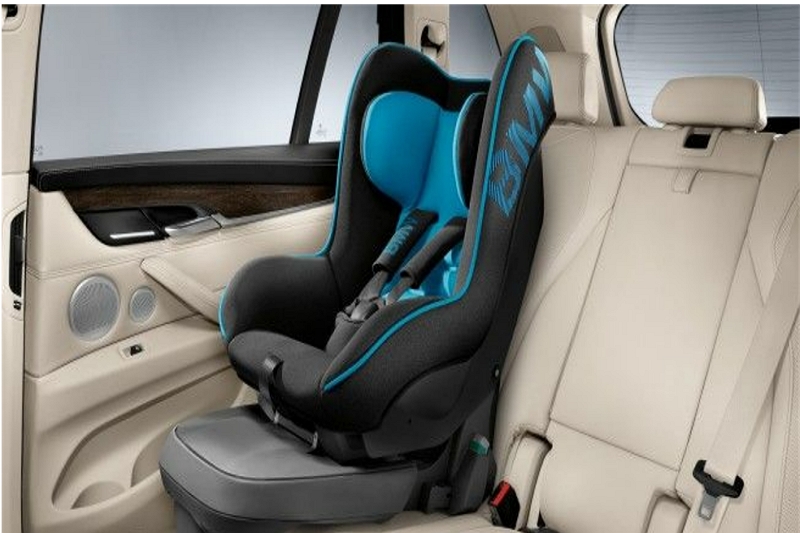In this article, you are going to learn How to install infant car seat. Read on.

Steps on installing infant car seat
You must have an infant car seat installed correctly to keep your child safe. If an accident occurs, the right installation will help protect them from injury. Below are some tips on how to install it properly:
Step 1 – Use both lower anchors and tethers for rear-facing seats if possible. This helps reduce the forward rotation of a crash which may also leave infants more stable in their seat as opposed to just using one strap method alone.
The best way is through LATCH (Lower Anchors and Tethers for Children) but there should be at least two latches per side with three or four inches between each latch and clip belt path around the vehicle seat frame. Make sure straps aren’t twisted when tightening; check every time before putting your baby in the seat.
Step 2 – Make sure that you are using the correct type of car seat depending on age and weight, as well as height restrictions.
A rear-facing infant car seat is better for younger babies while a forward-facing convertible or combination seat works best for older children who have outgrown their carrier.
Step 3 – You should also use an appropriate safety belt, which means it’s not loose around the child nor does it fit over dangerous edges such as sharp corners, moulding detailing at headrests etc., where arms can get caught under them.
The shoulder belt should be sitting across the centre of the chest rather than near the neck area. Even if this causes discomfort to the driver.
How a newborn should sit in a car seat?
A newborn should not sit in a car seat for long periods. They need to be held and soothed frequently, even if they are sitting in their infant carrier. Babies must have adequate head control before being placed into the car seats, as it supports their head during transport.
Additionally, infants who can raise themselves on an elbow or support most of their weight from one arm will benefit from having a back-carrying option available when needed at least until nine months old due to safety concerns with forward-facing carriers used beyond this age range because there is no hip containment provided by these types of products which could result in injury to baby’s soft bones in a crash.
Newborns should never sleep while sitting in the car seat. When using a carrier, positioning your newborn so his or her head is above any fabric can help reduce the risk of overheating and discomfort. Using thin layers that are easily removed can be helpful if you feel the baby getting too warm.
It’s important to keep an eye on your infant for signs of overheating such as pale skin colour, excessive sweating. Hot spots (redness) under their armpits and around their neck where clothing fits against them more tightly or rubs up against their skin especially when it has been outside in cold weather conditions before being placed into the carrier will aid in avoiding this situation from occurring while wearing them within it.
This also applies to older babies who walk themselves since another safety concern regarding the carrier is that the baby could easily slip out, which would compromise their safety.
As discussed in previous sections of this article, it’s important to always use your infant car seat according to its guidelines and never place a newborn or any child within an adult seat belt or tie them down with anything other than the manufacturer-approved devices for securing infants when travelling by vehicle.
This includes using towels as well since they can pose suffocation hazards if used improperly which could result in injury or death.
It may sound strange but many parents have accidentally injured their babies over the years due to not following these rules correctly during transport while wearing them because often they are just too excited about taking them along for travel purposes where before having kids themselves they were only riding alone or with other adults.
Parents aren’t always aware of their strength and how even a small movement could cause an injury to the baby if they are not properly restrained within the carrier as well.
In addition, children must remain rear-facing in infant carriers or any type of child safety seat for as long as possible since this is considered the safest mode of transport according to medical experts.
If your car has side-mounted airbags then you must ensure that your baby is sitting behind them at all times when travelling by vehicle so no part of his or her body comes into contact with those surfaces until he or she can be seated correctly forward-facing between age two and four years old depending on which stage growth-wise they have reached before being allowed to do so safely.
The best way to sit a newborn in a car seat is in a bassinet with their head elevated slightly which will allow them room to breathe and help avoid any mucus buildup that could cause problems for their breathing during travel or when sleeping at home.
This also applies if you are using an infant carrier instead of the larger sized versions since they do take up more space.
But give parents much better results due to how tightly-fitting these types of products are compared to other options like strollers where many babies can wiggle themselves right out within seconds if not strapped down properly before taking off on foot quickly which can be quite dangerous depending on your environment around you as well as what kinds of risks may exist given its state/city you are in.
